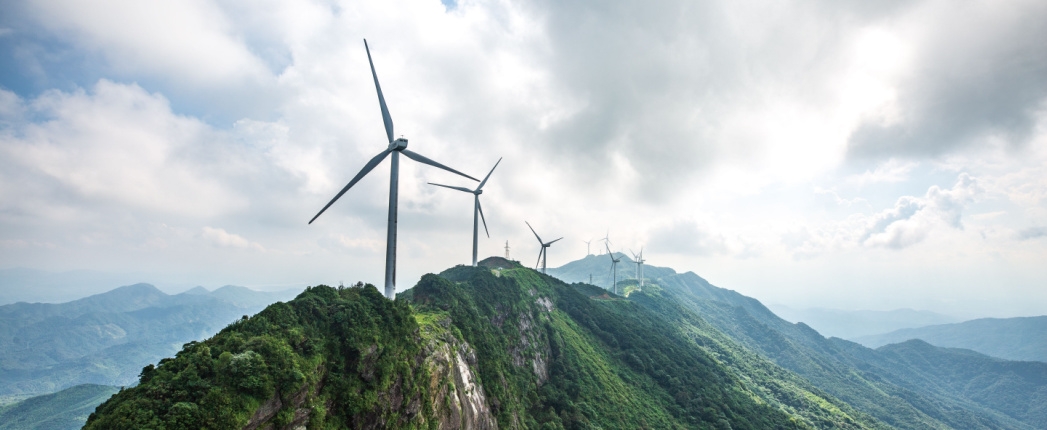
High coal prices caused a number of power shortages during 2021, and this could represent a growth opportunity for the country’s wind industry because the costs of wind turbines have dropped, according to a report released by the Global Wind Energy Council and a renewable energy consultancy.
As the world’s economies reopened and recovered last year from COVID-19 lockdowns, raw material and energy prices skyrocketed from the middle of last year, the study by GWEC and consultancy Azure International noted. “China has been particularly badly hit, with coal prices more than doubling from June to October,” they noted in the report. A wide variety of other industries in China were impacted by high prices, they said, including the photovoltaic sector, for which polysilicon prices rose 50% since August 2021. Prices for common foods in the country also rose.
The wind industry in China proved an exception, they noted, with wind turbine prices reaching record lows in late 2021. For example, the tenders for onshore wind turbines reached ¥2,000 (U.S. $314) per kilowatt in late 2021, compared to ¥4,000/kW in early 2020. With larger offshore wind turbines, bid prices declined to less than ¥4,000/kW in the latest tenders, down from ¥7,000/kW in early 2020.
The price decrease was particularly due the use of effective subsidy schemes and long-term planning by the Chinese government, the report concluded, and the gradual phasing out of onshore feed in tariffs and implementation of policy in favor of the wind industry.
The report noted that China completed a record 70 gigawatt of new grid-connected wind capacity in 2020, according to the country’s National Energy Administration, mainly onshore wind. In 2021, the moment shifted to offshore wind projects that faced grid connection deadlines.
According to some industry insiders, the report said, China could install 13 gigawatt of new offshore wind capacity for full year 2021, equivalent to a third of the world’s current total offshore wind capacity and more than quadruple what the national installed in 2020. According to the report’s data, 2.6 GW of offshore projects were already completed by November last year, with 8.1 GTW of projects in China’s offshore wind pipeline close to completion and a further 4.4 GTW having already installed their first turbine. A part of the last group of projects was expected to reach completion by the end of last year. “We thus estimate that China will install between 10.7 and 15.1 GW of new offshore wind capacity in 2021,” the reported stated.
The reported noted that with wind projects in China reaching grid parity and electricity prices being liberalized, “wind power will become more and more competitive with respect to coal power. Furthermore deregulated energy prices can drive the coal sector to reposition itself as ancillary service provider, by selling electricity when wind and solar production is low.” However, they note that the country’s power grid is partially shifting the responsibility of grid stability to wind farm developers.
Gear oils account for the majority of lubricants used in wind turbines, followed by hydraulic fluids and greases. Gear oil is used for wind turbine gearboxes, which are eliminated in some newer direct drive turbines. Hydraulic fluid is used in the hydraulic systems that control the pitch – the angle of the blades in the wind. Grease is used in several wind turbine locations: the main rotor shaft bearing; the yaw bearing, pitch or blade bearings; pitch drive gears; and generator bearings.